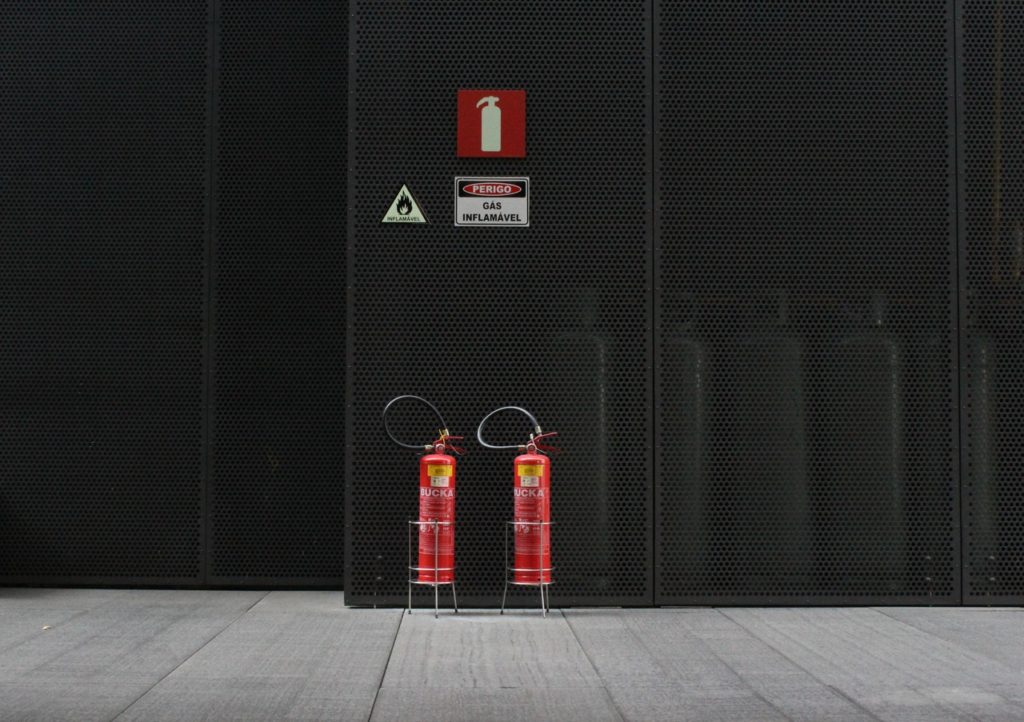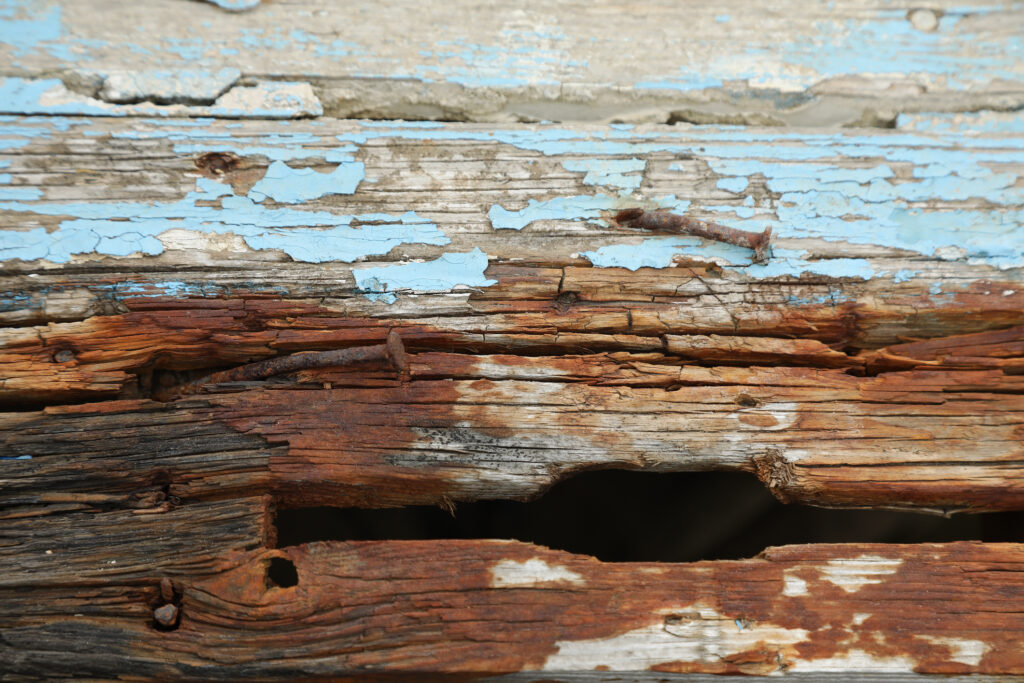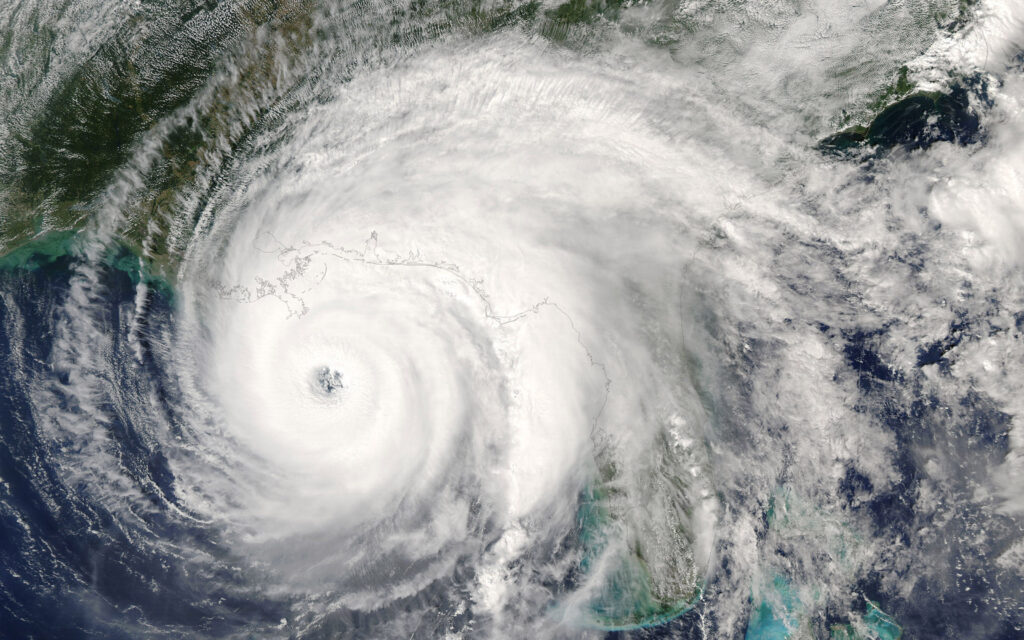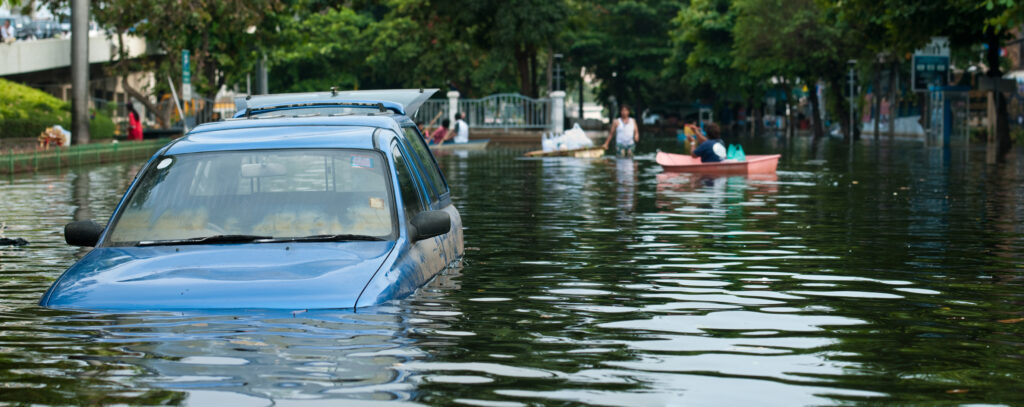Taking care of business is like taking care of yourselves. Just like you make efforts to have the best of your health, businesses require similar efforts to protect them.
There can be various scenarios that are not good for a business and fire damage is worst of all. It is one of the most common causes of property damage.
You have to take necessary measures to avoid the loss being caused through FIRE; remember about 10% of the small businesses are affected by fire damage with an average cost for a fire claim is $35,000:
#1. Install a Fire Suppression System or a Fire Sprinkler
Every business whether it is small or large, it requires a fire alarm system, at first. Other than a fire alarm, the thing that can save a lot of damage is to install a fire suppression system or a sprinkler system. Both are there to help extinguish fires before the damage starts.
It is good for restaurants and businesses where the interior offers easy ways to catch fire, the systems you install should have a UL 300-compliant wet chemical fire suppression system and follow the standards for fire protection and ventilation.
Here’s a TIP:
Make sure the system is NFPA 96 standard compliant and you’re ready to go.
#2. Reduce Clutter and Fire-catching stuff
After installing a fire suppression system, now is the time to reduce clutter and fire catching stuff.
Keep your business property as clutter-free as possible. Make sure there are no boxes, combustible materials and piles of paper that catch fire instantly. Also, don’t forget to place electrical appliances including toasters, coffeemakers away from paper or fire catching stuff. Have enough space in between your working area so that air can easily circulate around and keep them cool.
#3. Build an Exit Strategy
For whatever disaster we have, we require a proactive approach to prevent the extensive damage. With that proactive attitude, create an emergency exit plan and have your team practice fire drills together.
Make sure each of your emergency exit doors have proper signs and is vivid to look at (yes, the sign board should be RED colored and lit every time).
After you are done with emergency exit drills, make sure the path to emergency exits is clear and employees can easily make a run through them. Just ensure that nothing is blocking them.
#4. Regularly Inspect and Clean Equipment
If we overview the fire damage causes, we find out that electrical fires are the most common one. To prevent electrical fires, you have to keep your machines and equipment in proper working order.
There should be strict guidelines about switching them off when they’re not in use. Clean each tool and equipment to make sure there’s no malfunction out there and are safe to use. You can have regular check-ups from a professional to keep the machines, tools and equipment in shape.
#5. Outdoor Space Maintenance
After regular inspection in the interior, here comes another reason that causes fire damage; outdoor spaces.
Yes, the outdoor spaces are what that matter. For example, if your business is located in the American West, there are high risks for wildfire and it can happen anytime. You can ask an environment protection team to analyze the outdoor spaces and make a few practical efforts to save you from outdoor space’s risks.
#6. Set a Smoking Policy
The sixth strategy to prevent fire damage is to go for a smoking policy. Smoking might be good for you but it can introduce your workspace to potential fire hazards.
Consider these practical tips to implement and save yourself from any fire damage due to the smoke factor:
Design smoking and non-smoking areas: Where your crucial equipment including electrical appliances and wires/main switches are located? Mark them non-smoking areas. In addition, make sure your workspace is smoking free zone.
Have Ashtrays:
In your smoking area, have ashtrays availabile and guide your employees to use them. Keep the ashtrays clean of other material and away from flammable and electrical items. In your regular cleaning routine, clean ashtrays also!
#7. Place and Check Fire Extinguishers
The crucial one; place and check fire extinguishers. To prevent an extensive fire damage, the first step is to teach employees to use fire extinguishers. The next thing is to make their placement on spot; place them anywhere where it is easily accessible.
After the placement, you have to go for regular check-ups whether they’re working or not. Maybe a weekly check-up is what that can save your workplace from any unfortunate fire incident.
#8. Create a Fire Prevention Plan
We have already discussed checking the fire extinguishers, created emergency exits but what about a fire prevention plan?
That plan can save you from a lot of hassle and on-time (abrupt) decisions. For a creative and successful prevention plan, have an environmental clean-up experts like Armor Environmental Solutions; who can be by your side and create a prevention place accordingly. You can forward the fire prevention plan to your employees and have no worries about any unfortunate matters later on.
The Bottom Line
As you follow these eight practical tips, you’re guaranteed to stop 99% of the fire damage. The only 1% left have accurate dependencies on how you react to it. Just have a proactive mindset, have the services of Armor Environmental Solutions and keep your business all-safe and running!







